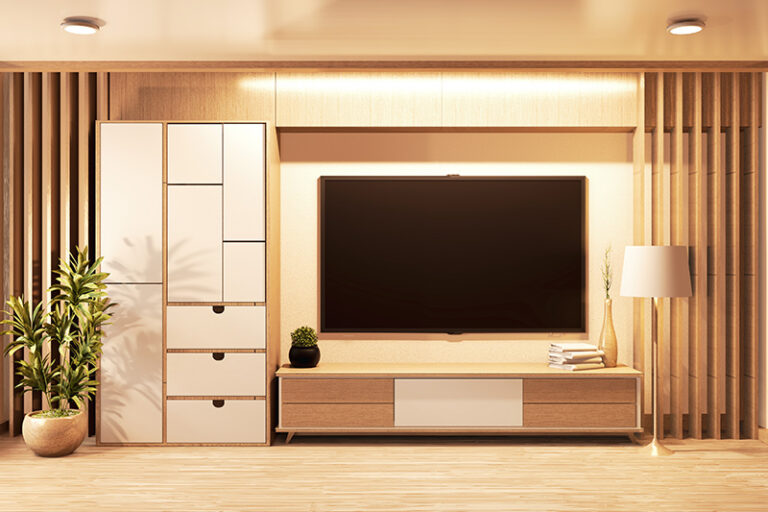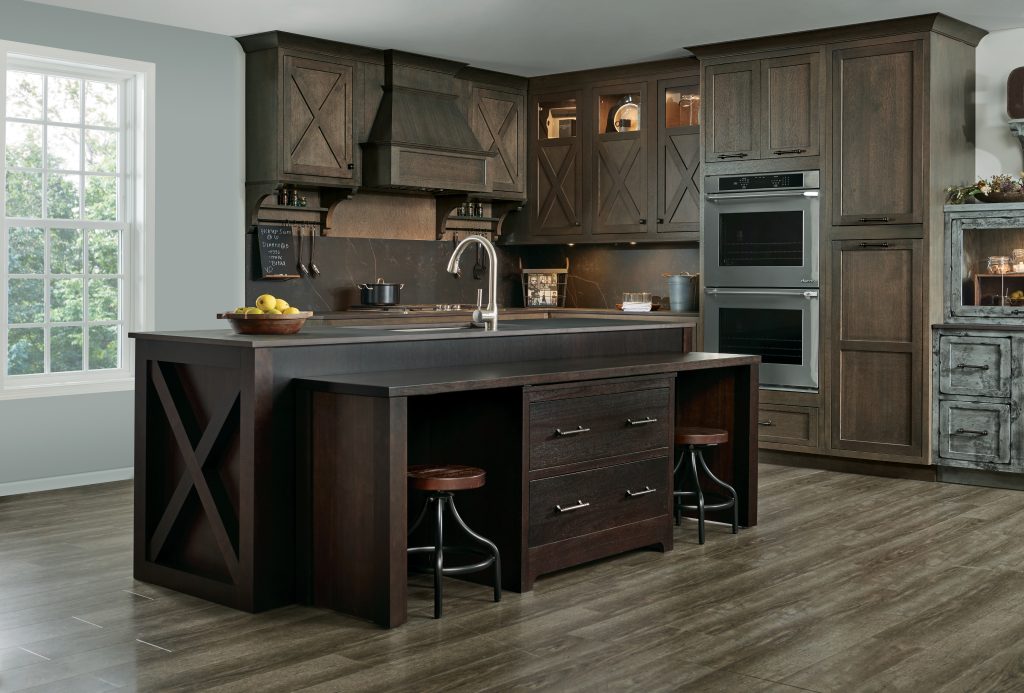Top Interior Design Mistakes to Avoid in Modular Homes
Modular homes offer a world of benefits: they are customizable, cost-effective, and built to last. However, even with these advantages, there are common design mistakes that can compromise the potential of your home. Interior design is key to transforming a modular home into a comfortable, stylish, and functional space. Making the right choices can enhance the overall aesthetics, while poor decisions can limit the appeal and utility of the home. In this article, we will explore the top interior design mistakes to avoid when designing your modular home, along with useful tips to ensure your space is both practical and beautiful. Ignoring Space Planning and Flow One of the most common mistakes homeowners make is not properly considering the layout and flow of the space. Modular homes often feature open floor plans, which can be tricky to arrange if not planned properly. An open space might feel cluttered if the furniture and design elements don’t complement each other. What You Should Do: Take time to create a detailed floor plan and consider traffic flow. Think about how you move through the space, and ensure there is a natural progression from room to room. Use furniture and decor to divide the space without making it feel cramped. Overlooking Storage Solutions Modular homes often have less square footage compared to traditional houses, so smart storage solutions are essential. One of the biggest design mistakes is neglecting to incorporate ample storage space, which can lead to clutter and a disorganized home. What You Should Do: Invest in custom storage solutions like built-in shelving, hidden cabinets, and multi-functional furniture that serves both as seating and storage. Ensure that every part of the home, including under-utilized areas like under the stairs or over the kitchen, is used efficiently. Choosing the Wrong Scale of Furniture The scale of furniture can make or break a modular home design. Oversized furniture can make a small space feel even smaller, while furniture that is too small may make a room feel empty and uninviting. What You Should Do: Choose furniture that is proportionate to the size of the room. If you’re working with a smaller modular home, opt for scaled-down pieces like compact sofas, slim dining tables, and space-saving chairs. Consider modular or foldable furniture that can be adapted depending on the space and usage. Skimping on Lighting Lighting plays a crucial role in enhancing the interior design of your modular home. A common mistake is neglecting to plan for adequate lighting. Bad lighting can make even the most stylish room feel dull, and poorly lit spaces can seem cramped and uninviting. What You Should Do: Focus on layering your lighting with ambient, task, and accent lights. Consider recessed lighting, pendant lights over key areas like the kitchen island, and task lighting for workspaces like the reading nook or home office. Ensure that natural light is maximized with large windows or light-colored walls to reflect light. Overloading the Space with Decor While decor can add personality to a room, too much decoration can overwhelm the space. Modular homes, with their often minimalist design, are best complemented by a restrained approach to decor. Overloading your home with too many accessories, large wall art, or unnecessary knick-knacks can make the space feel cluttered and disorganized. What You Should Do: Keep the decor minimal and purposeful. Choose statement pieces that add character without overcrowding. Opt for neutral tones for the larger design elements and introduce color through throw pillows, rugs, and plants. Focusing Too Much on Aesthetics Over Functionality While aesthetics are important, functionality should always be prioritized, especially in smaller modular homes. Many homeowners make the mistake of focusing on making their homes look good, while overlooking the functional elements such as ease of use, comfort, and practicality. What You Should Do: When designing your modular home, make sure that every design choice serves a purpose. For instance, choose furniture that is not only stylish but also comfortable and durable. Opt for storage solutions that cater to your needs while keeping your space looking organized. Neglecting the Kitchen and Bathroom Design The kitchen and bathroom are the most-used rooms in any home, yet they are often neglected in modular home designs. A poorly designed kitchen can make cooking and meal prep a hassle, while an inefficient bathroom can lead to discomfort. What You Should Do: Incorporate high-quality materials and space-saving solutions in these rooms. Consider modular kitchen units with built-in appliances to save space, and choose smart storage options for your bathroom, such as wall-mounted cabinets and floating vanities. Additionally, don’t overlook lighting in these areas — bright, functional lighting is essential. Ignoring the Importance of Color Scheme Choosing the right color palette is essential to achieving a cohesive look in your modular home. Many homeowners make the mistake of choosing colors at random without considering how they affect the overall ambiance of the space. What You Should Do: Stick to a cohesive color scheme that complements your furniture and lighting. Light, neutral tones can make smaller rooms feel more spacious, while pops of color can be added through decor elements such as cushions, rugs, and curtains. Consider the mood you want to create — warm tones for a cozy feel and cool tones for a more modern, airy look. Not Accounting for the Climate India’s diverse climate affects the materials and finishes used in a home. Many homeowners make the mistake of choosing materials that are either too heavy for warmer regions or too light for cooler climates. What You Should Do: Choose weather-appropriate materials for your modular home. In hot, humid areas, opt for moisture-resistant finishes and breathable fabrics. In cooler regions, consider using heavier fabrics and insulating materials to keep your home warm during the colder months. Underestimating the Power of Outdoor Living Spaces Modular homes are designed to make the most of every inch of space — including outdoor spaces. Many homeowners fail to properly plan for outdoor living areas, which can significantly expand their usable




